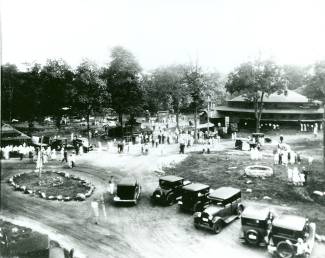Collection Name
About
Emancipation Day
Prior to the Civil War, Maryland had a law which stated that if a freed black came into slave territory from elsewhere he could be fined $20. A second offense warranted a fine of $500. If the fine could not be paid, the person could be auctioned off as a slave to raise the money. The Maryland Advocate, printed in Cumberland in the late 1820's and 1830's often listed runaway slave notices. The Alleganian Newspaper, well into the late 1840's, also printed notices of rewards for runaway slaves, editorials blasting abolitionists, and advertisements for public sales of "Land and Negroes".
On September 22, 1862, President Abraham Lincoln issued The Emancipation Proclamation. It stated that effective January 1, 1863, "all persons held as slaves within any State, or designated part of a State, the people whereof shall then be in rebellion against the United States shall be then, thenceforward, and forever free." Basically, it said that all the slaves in the Confederate States were free. Maryland, which was a border state and not part of the Confederacy, emancipated its slaves on November 1, 1864.
The following excerpt is from Cumberland, Maryland Through the Eyes of Herman Miller
"On September 21, 1922, the annual observance of Emancipation Day was held by the colored residents of Cumberland, Frostburg, and adjacent towns at People's Park on the National Highway. It lasted all day under the supervision of the Allegany County Union League. The celebration, open to the public, started at 9:00 am. The speaking started at 2:00 pm. Feasting and various forms of athletics, games and music were featured."
Photograph: This is a circa 1920s depiction of People's Park, later known as Crystal Park. People's Park was roughly located just east of the present-day LaVale McDonald's. During the 1920s, 1930s, and 1940s it attracted hundreds of people daily and featured bingo booths, picnic pavilions, a restaurant, miniature railroad, zoo, 60-foot high chair-plane, a huge merry-go-round, and a ballroom which hosted the country's most famous bands. The site was later occupied by the Crystal Drive-in. The building on the right later became known as Albert's Supermarket.
